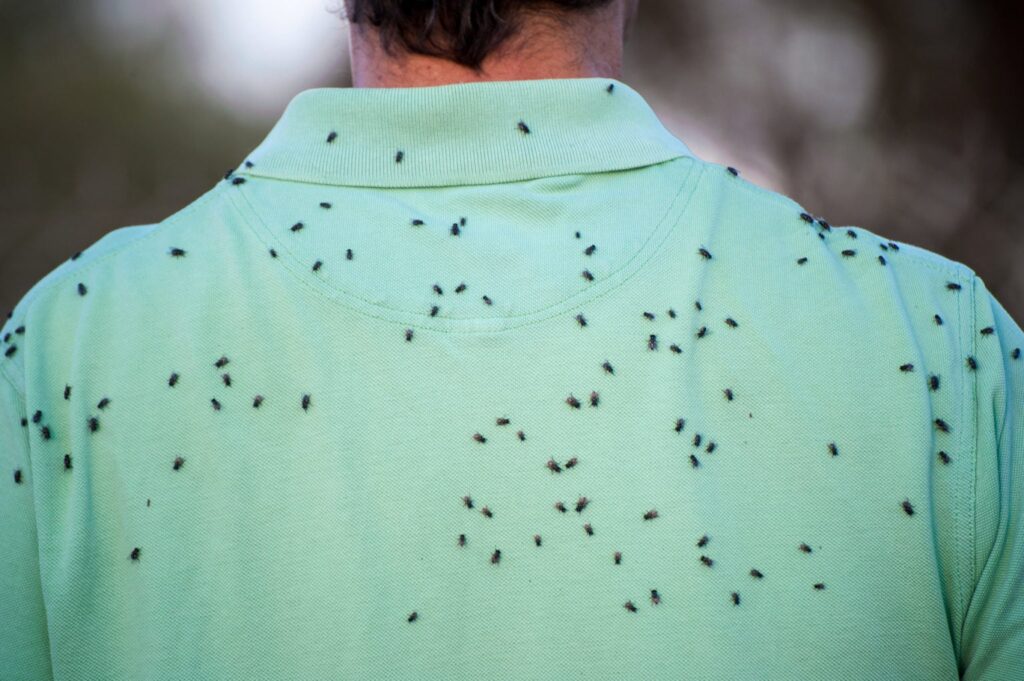As the weather slowly warms, the month of May brings good news and bad news for Mainers. The good news: temps are rising and daffodils, tulips, saucer magnolia, and lilac are in bloom – yay! The not-so-good-news: black flies and ticks are making their presence known.
The Maine Black Fly
If you’re not familiar with the Maine black fly, allow me to introduce you. These gnat-sized varmints emerge around Mother’s Day and begin to fade around Father’s Day (though their season seems to extend more every year). They breed in areas with clean, running water, swarm during the daytime, and tend to peter out at night, when the sun goes down.

More than a nuisance, these ferocious biters pack a punch. One tiny bite can itch unmercifully for more than a week. (Fun fact: only the females bite.) On the bright side, they don’t carry disease. If you’re allergic to the venom, expect swelling in the bite area. Hubby has suffered bites that blow up to the size of a golf ball. Benadryl cream is your friend.
For gardeners like me, covering up and wearing a head net is a must. That also helps ward off bites from Maine’s other unwelcome resident: the tick.
Deer Ticks and Dog Ticks
Folks, I hate ticks. I really, really, really hate ticks. And we have them in droves. When you live on 300 mostly-wooded acres, you’re going to have ticks. For us, it’s mostly deer ticks and the American dog tick.
Deer ticks carry Lyme disease among other nasty ailments. American dog ticks may not carry Lyme, but they can still make you quite ill (anaplasmosis is prevalent). Other tick species exist, but these two dominate our home landscape.


How to Stay Safe
If you live here or you’re visiting and you plan to spend time outdoors, be vigilant. Stay out of brushy, grassy, wooded areas with lots of leaf litter (they love to hang out in those spots). Stick to trails if you’re hiking (going off-road is inviting trouble). Wear light-colored clothing (they’re easier to spot that way). Tuck your shirt into your pants and your pants into your socks. Conduct tick checks regularly.
Check your pets, too. We walk our dogs frequently and while we’re very careful about where we walk them, it’s inevitable that a tick (usually multiple) will hitch a ride. We do visual checks during the walk and a thorough exam when we return.
Our dogs are vaccinated for Lyme and on a tick preventive, but that’s not a guarantee. Both have contracted anaplasmosis from tick bites in the past two years. This year we’re avoiding walking our trails during the peak tick months as an added precaution. So far so good.
Additional Resources
Increasing your knowledge of ticks, their habitat, related diseases, and safety measures will help keep you, your family, and pets healthy. We’ve listed some helpful resources below – be sure to check them out before venturing outside!
Now that you’re sufficiently prepared for the great outdoors, check out our top picks to keep your flower garden blooming from spring to fall. And while you’re at it, get the inside scoop on our favorites for the herb garden, too.
As an Amazon Associate, I earn from qualifying purchases.
